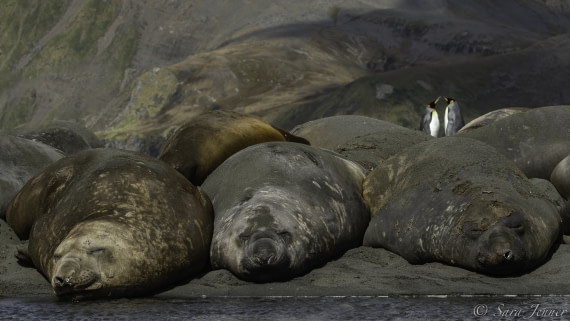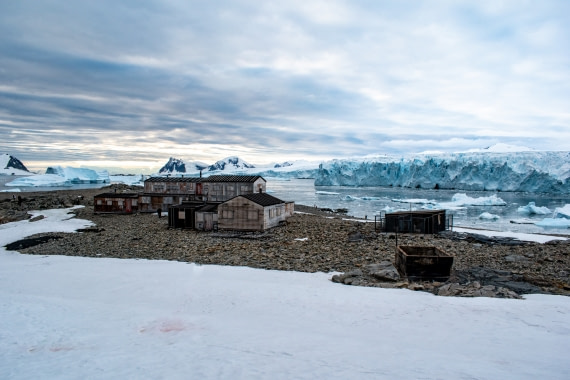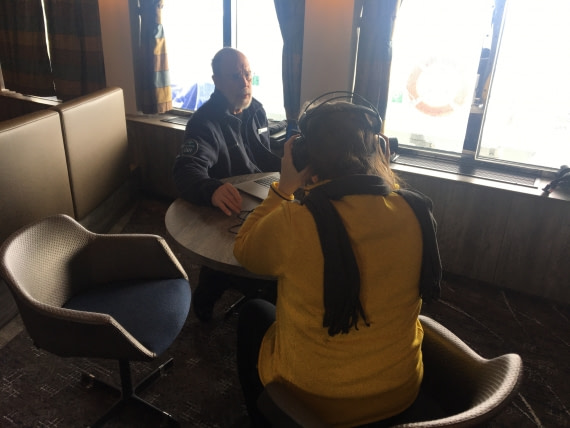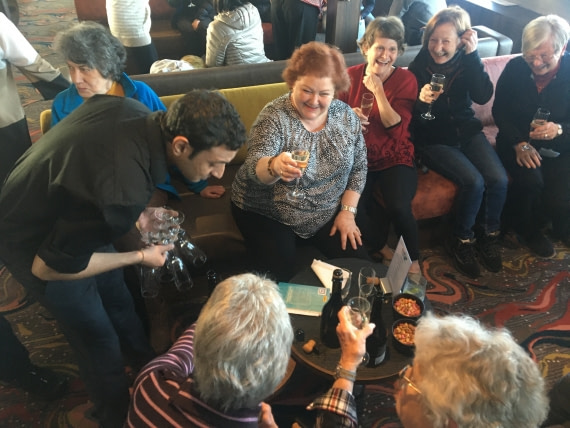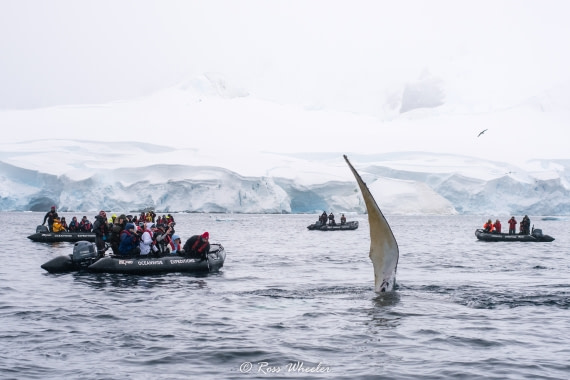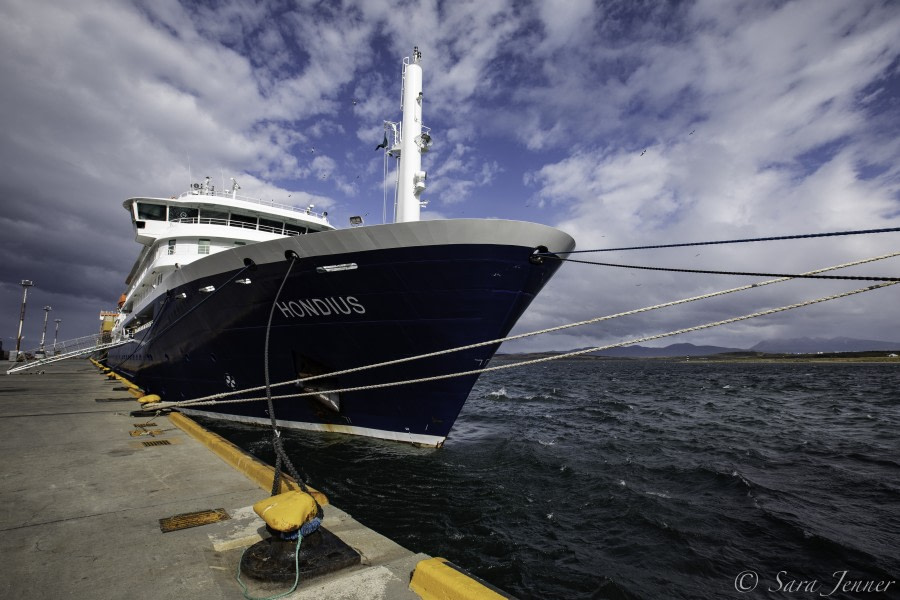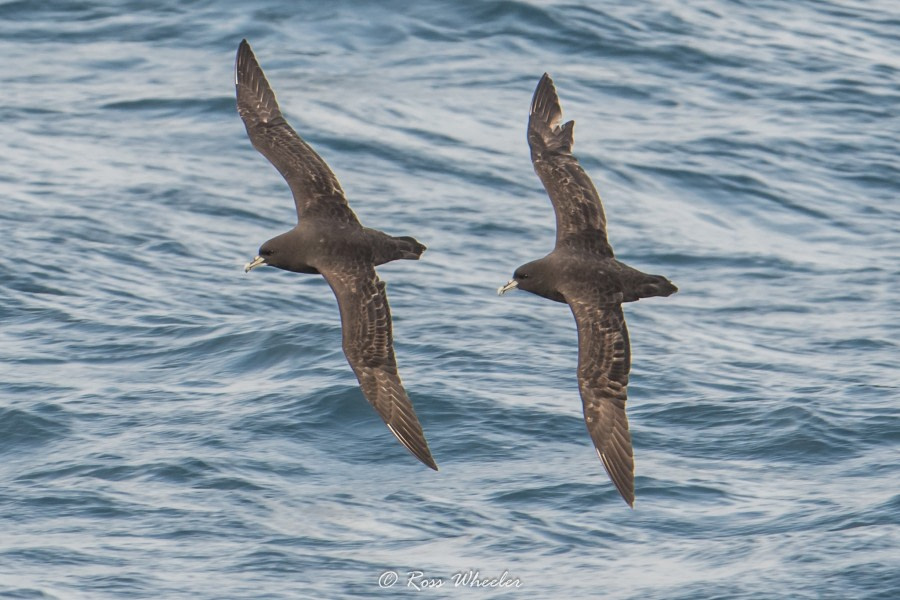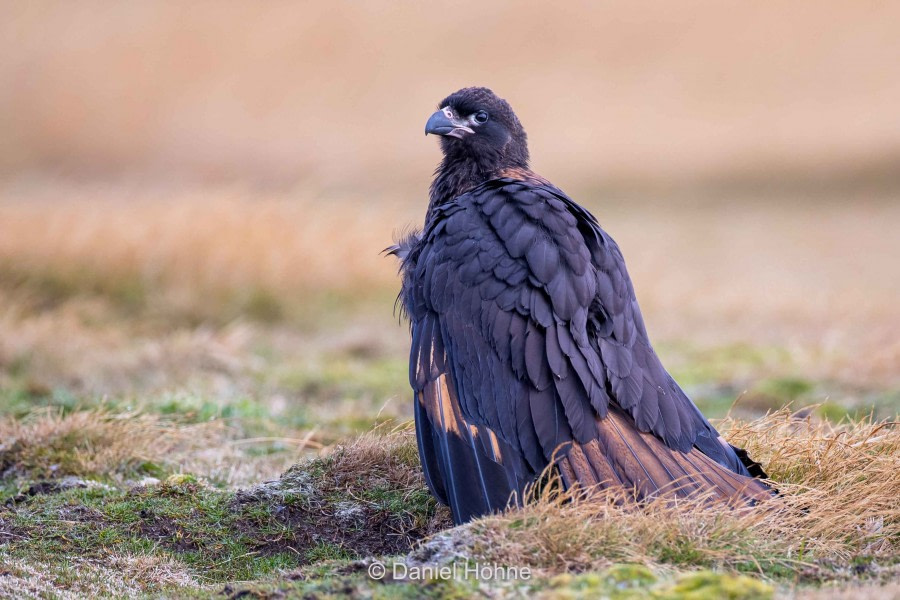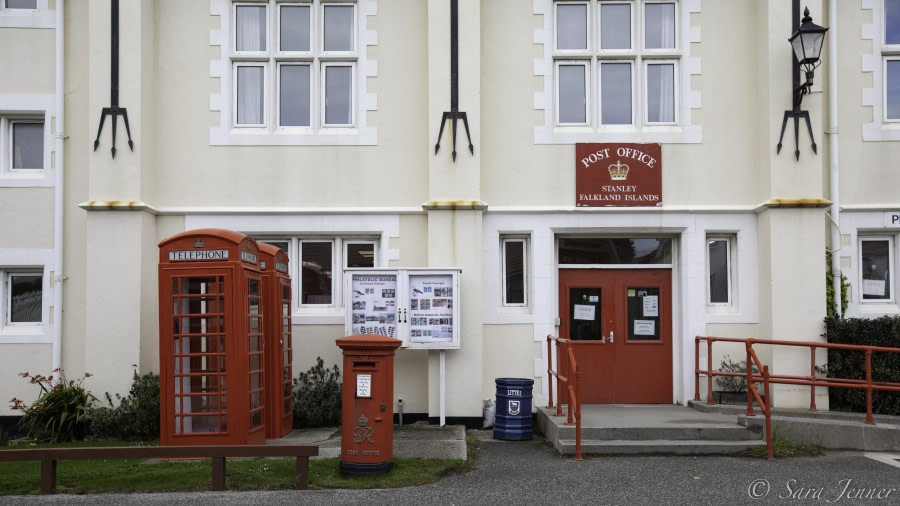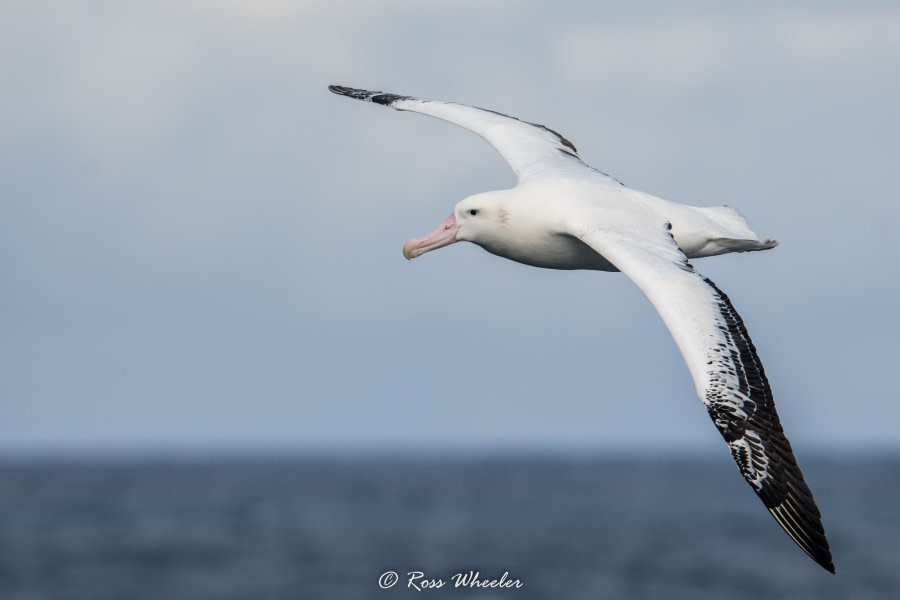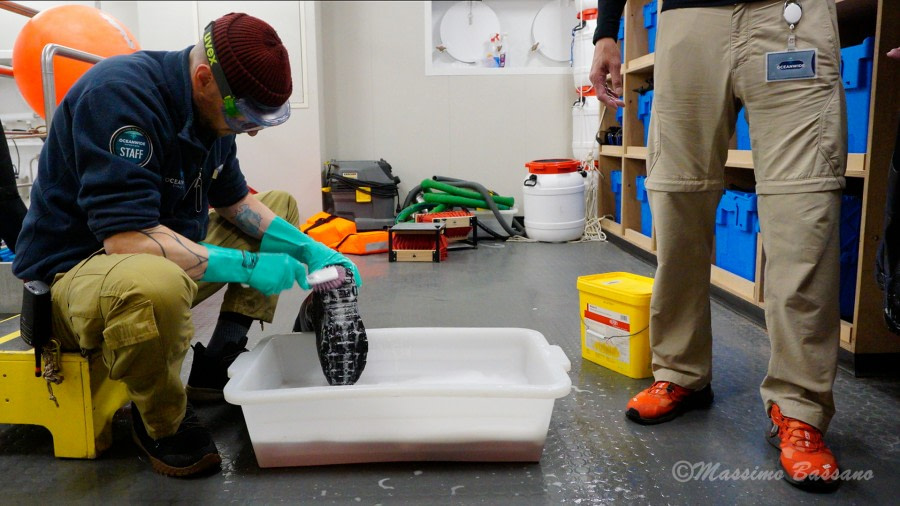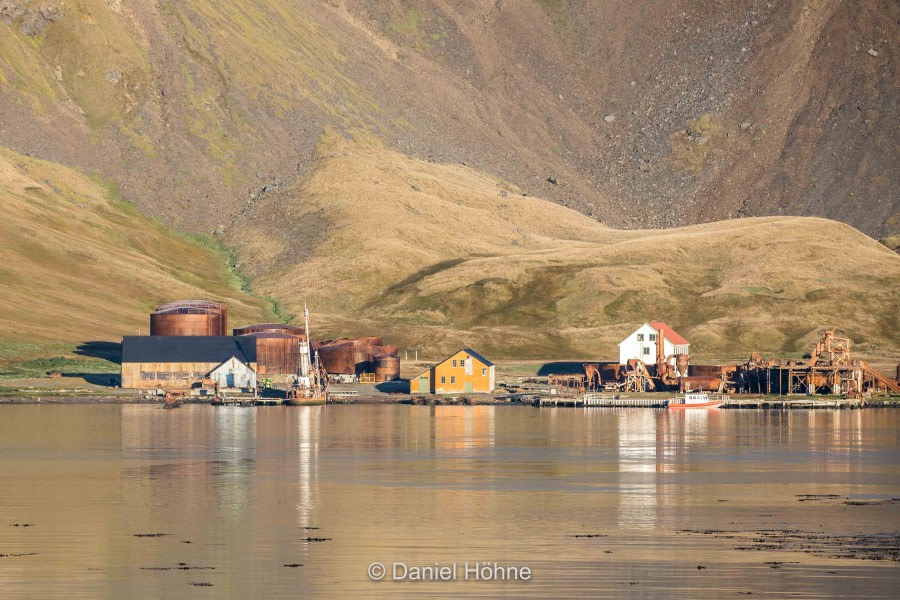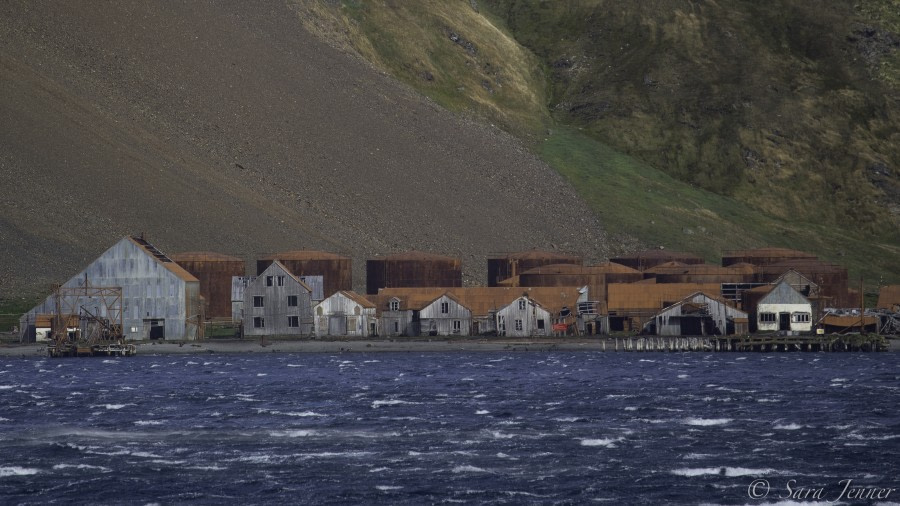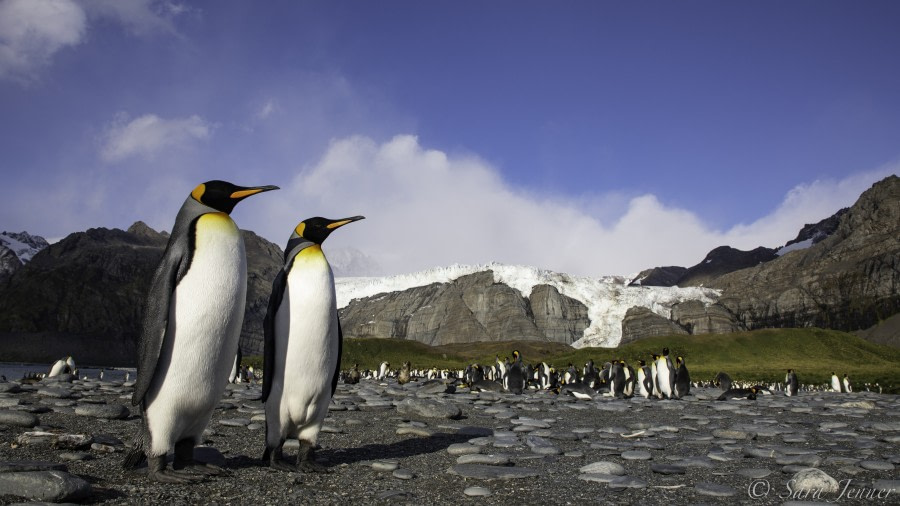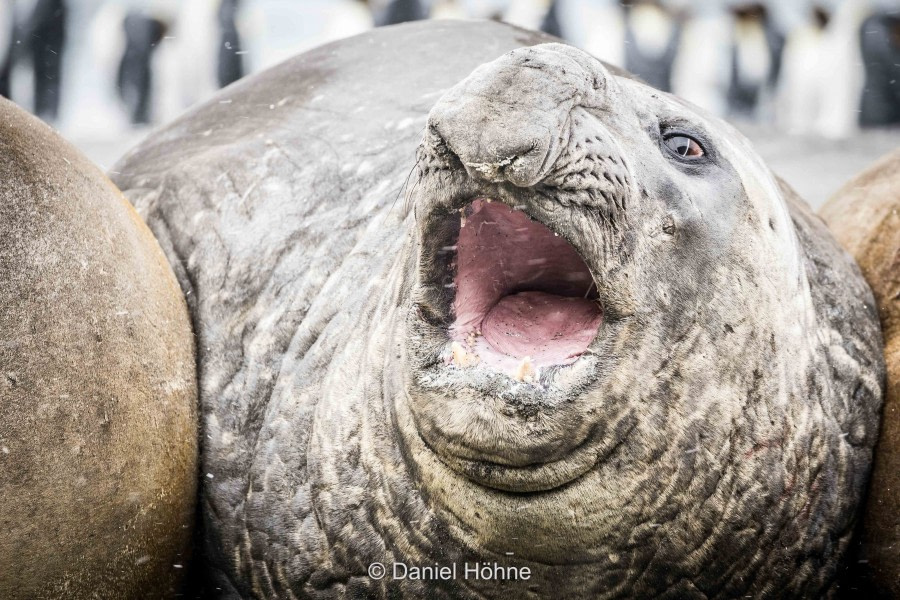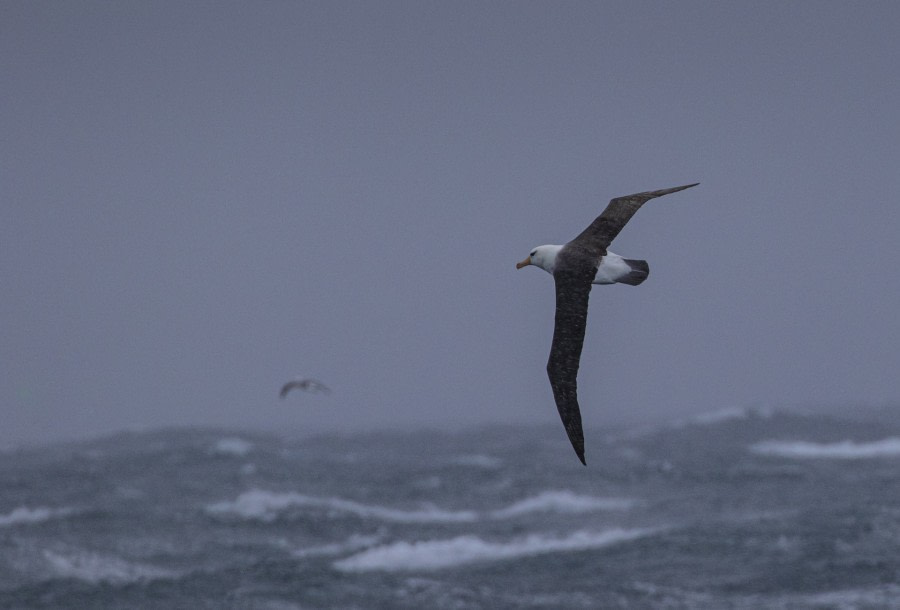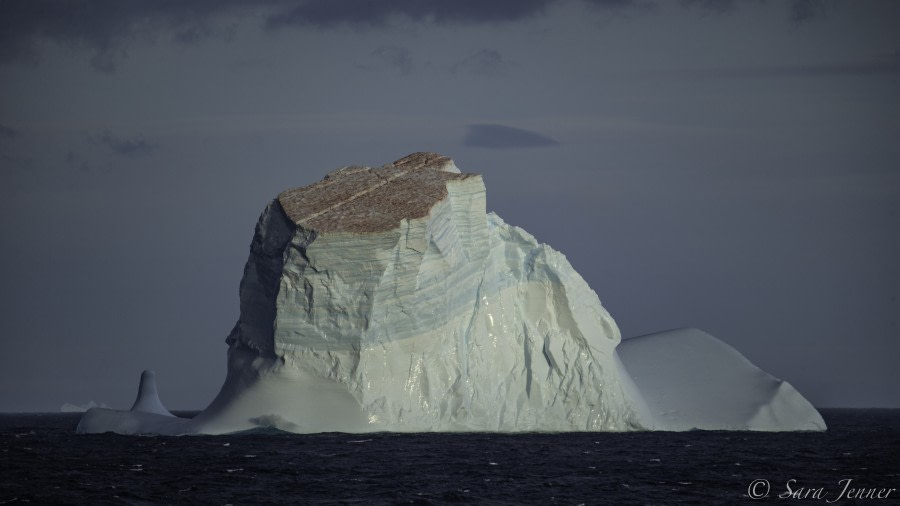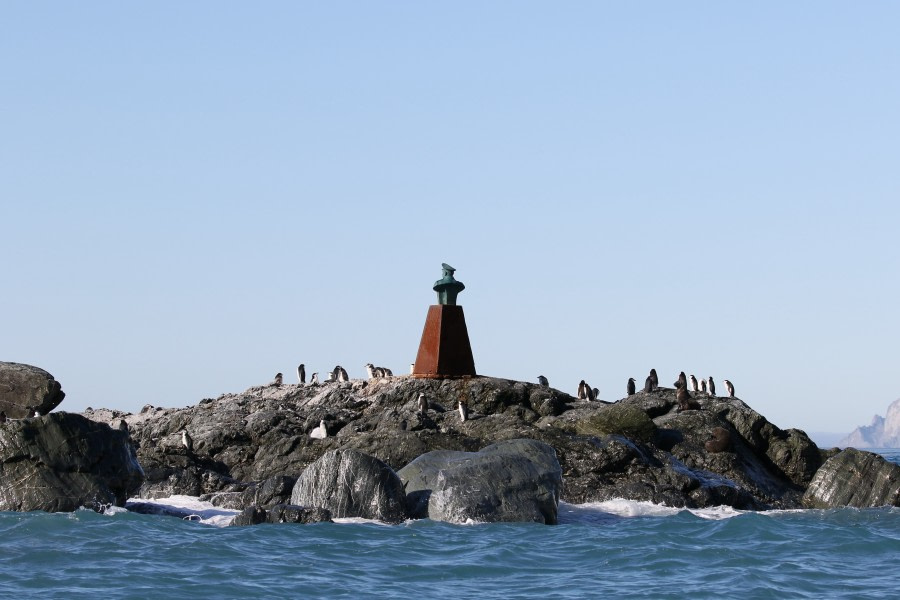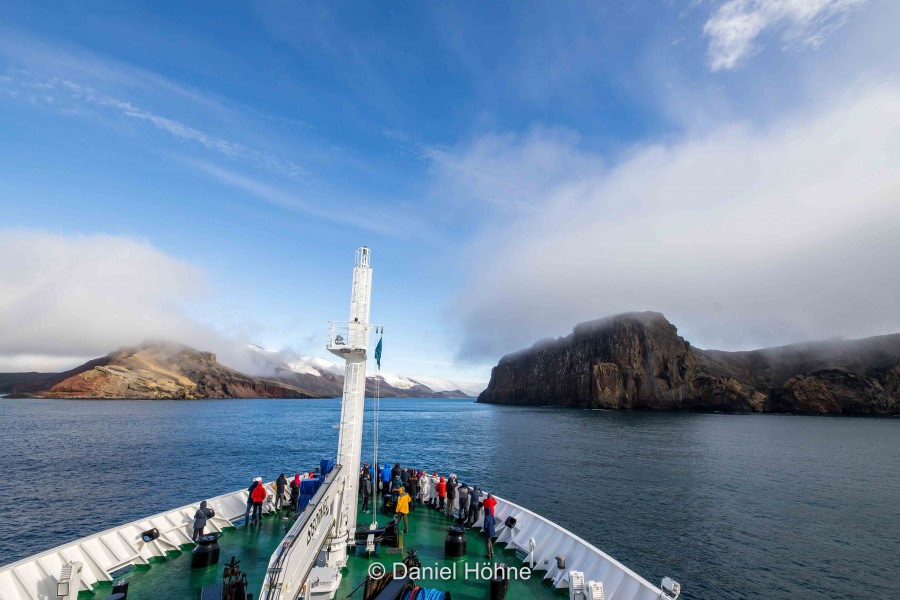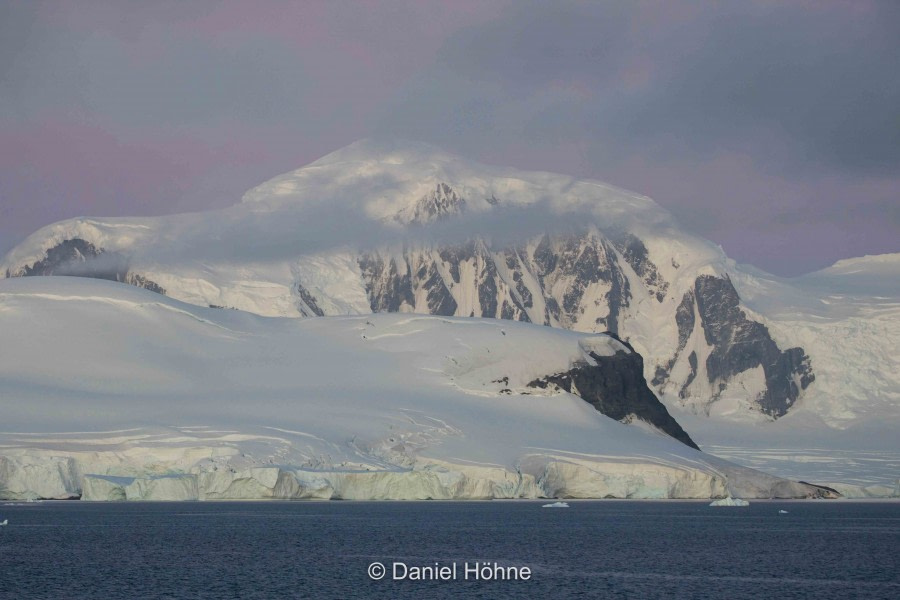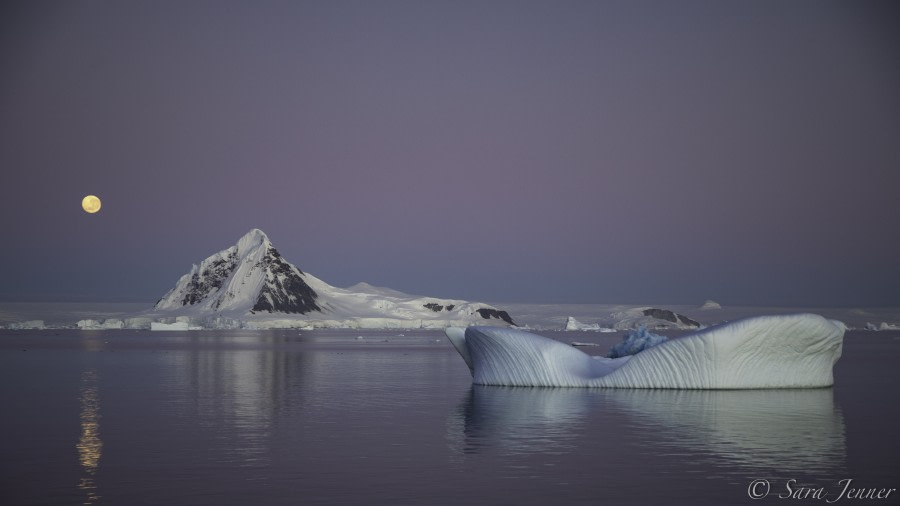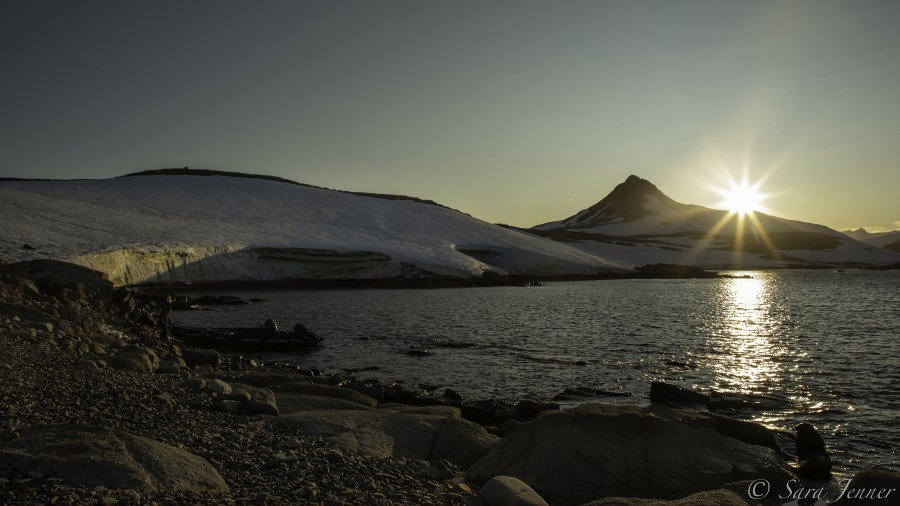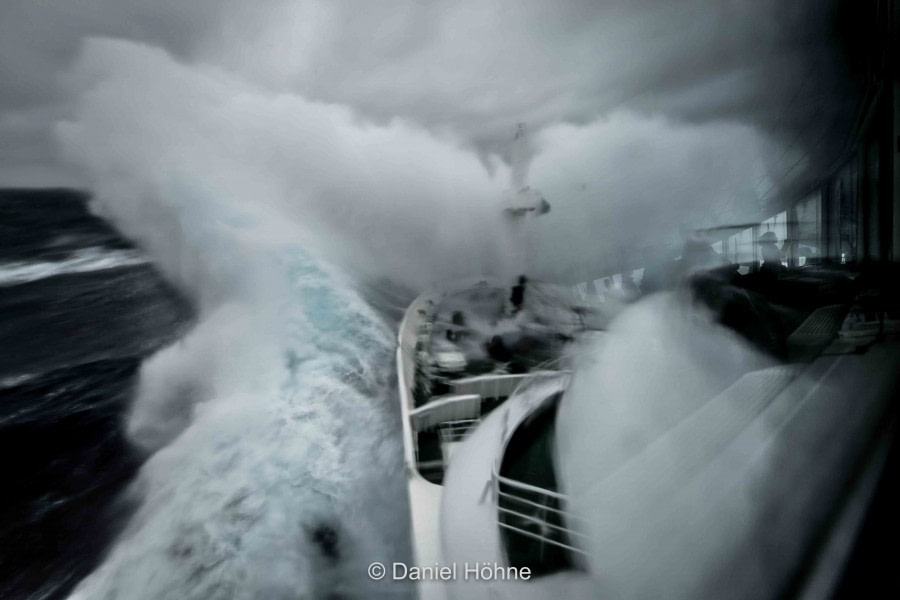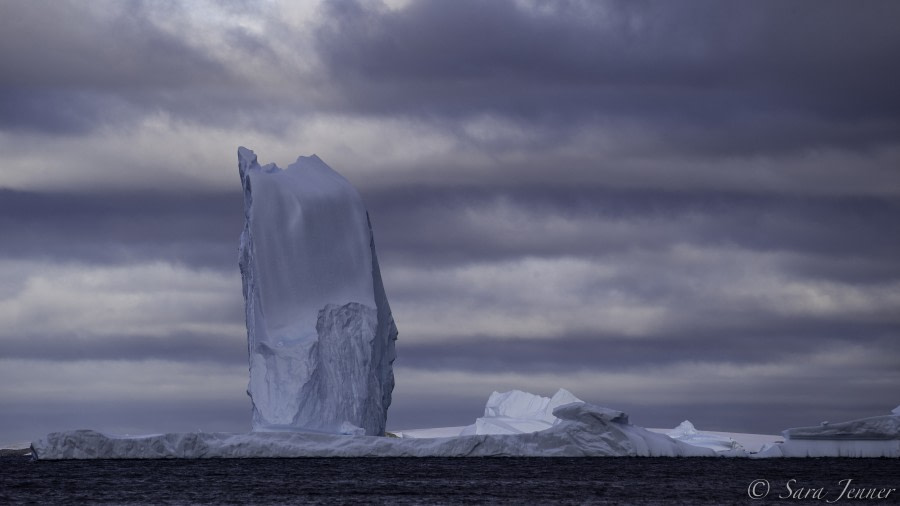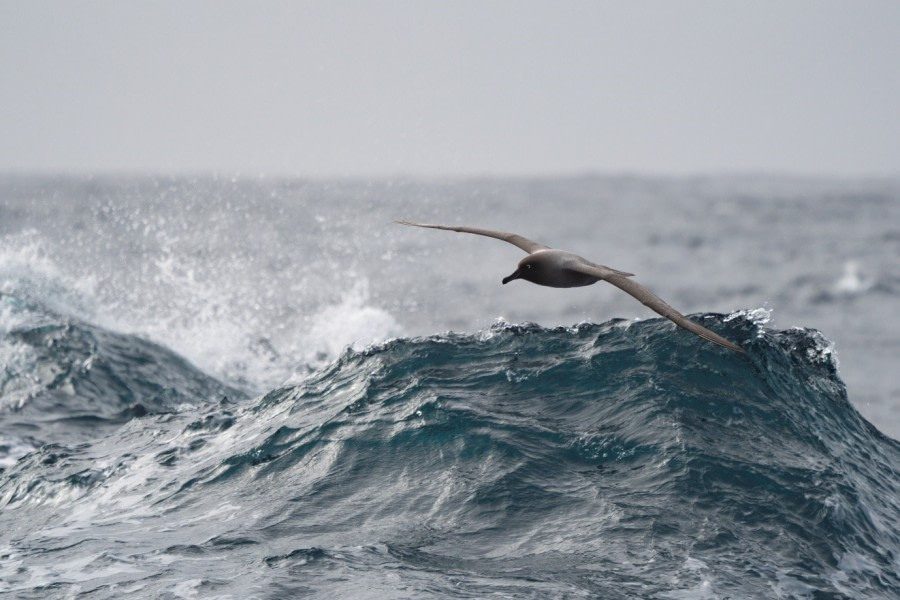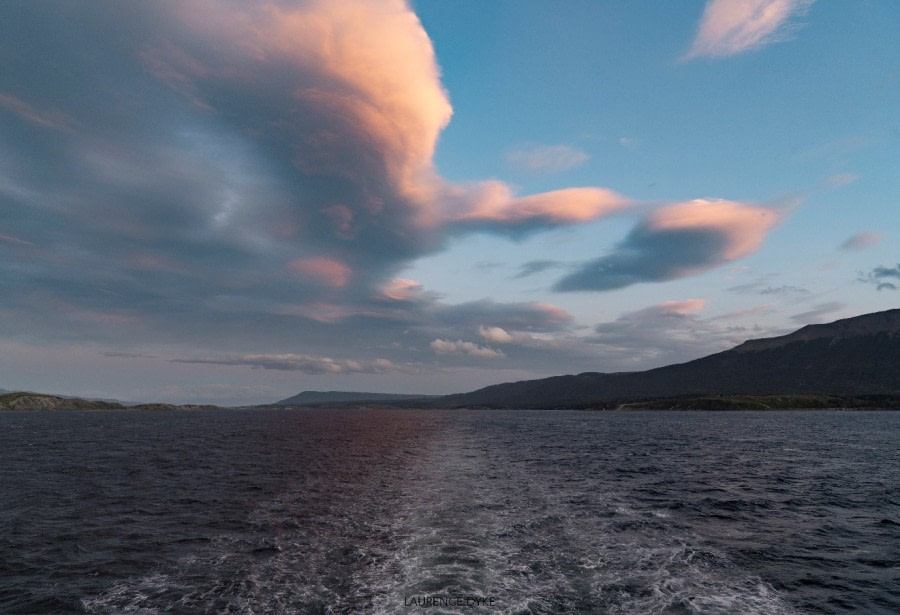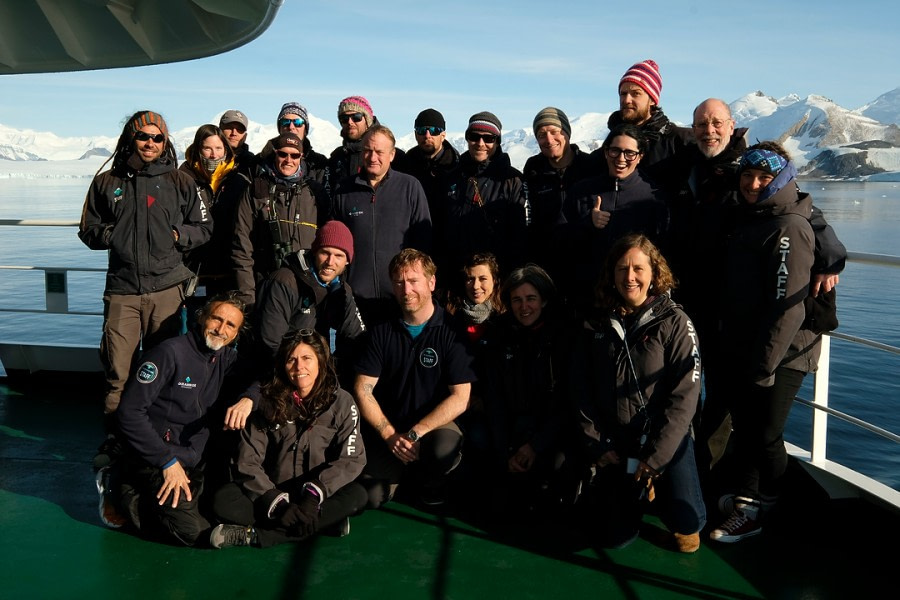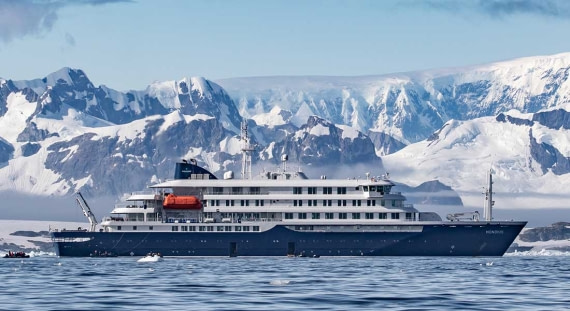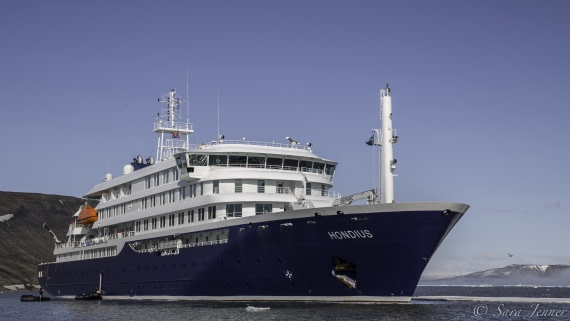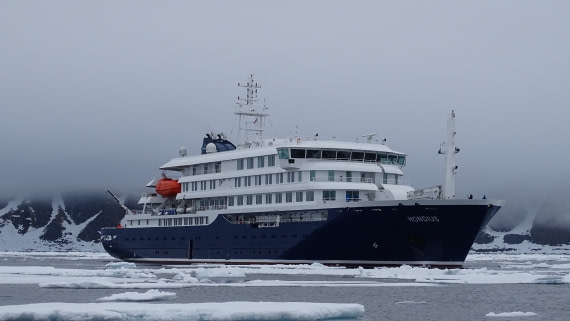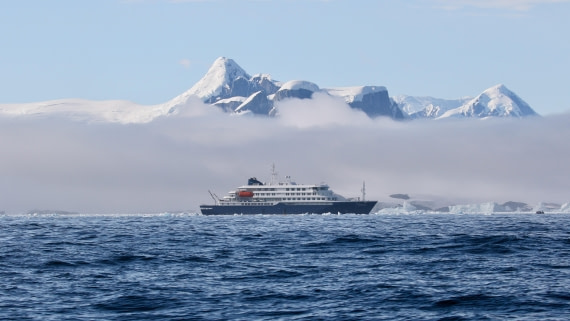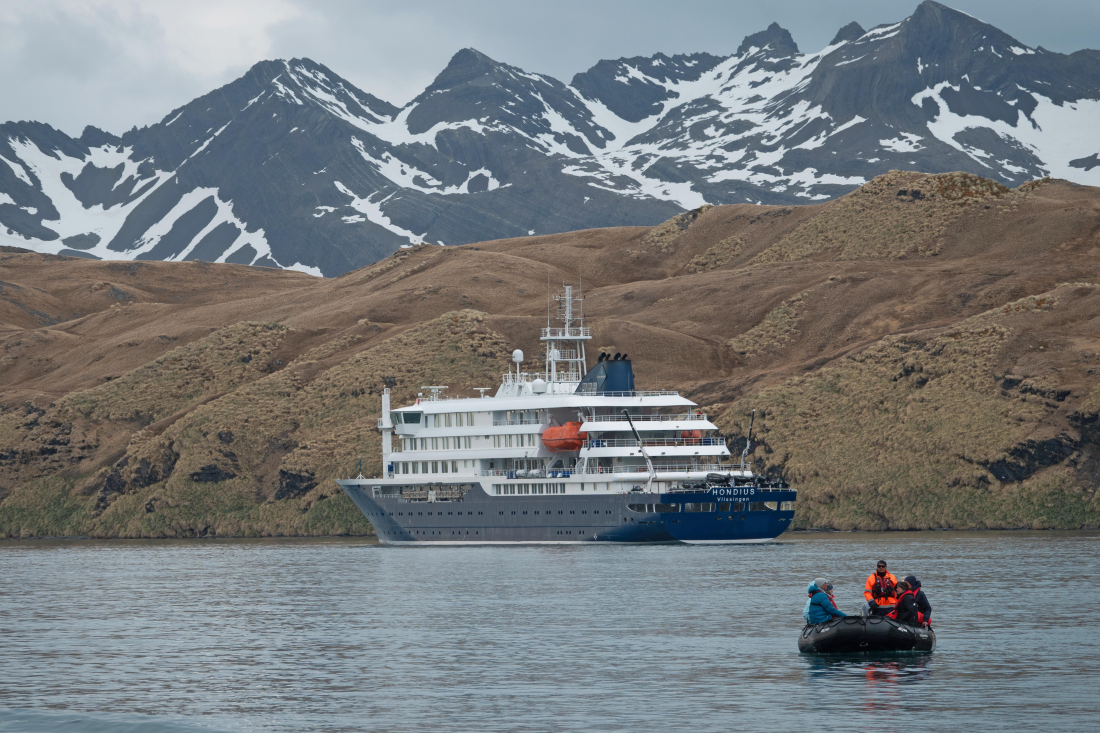| Datum: | 24.02.2020 |
| Positie: | 54°48.6’ S, 68°17.8’ W |
| Wind: | SW 4 |
| Weer: | Overcast |
| Luchttemperatuur: | +7 |
Ushuaia. The start of a grand adventure. An epic trip through the south Atlantic and the Southern Ocean. We are drawn inexorably forwards by the beckoning great white continent; through some of the last true wilderness on Earth. Over the last few days, we had been arriving into this beautiful coastal town at the southern tip of South America, the “Fin del Mundo”, the end of the World. Ushuaia is surrounded by a natural amphitheatre of mountains; grey imposing peaks rise thousands of metres out of the sea. These glacier-covered pinnacles are the very end of the Andes, the longest chain of mountains on the planet. The weather was blustery and bright. Rays of warm sun broke through the clouds but were punctuated by frequent squalls, rushing down from the mountains in ferocious blasts, each raising plumes of dust and threatening to carry off anything not firmly anchored down. As we made our way down to the port, we caught our first glimpse of Hondius moored alongside the pier; our home for the next three weeks. She looked splendid in the South American sun, a capable and comfortable ship in the deep blue Oceanwide livery. We boarded in a flurry of excitement and smiles; the sense of anticipation amongst both the passengers and the crew was palpable. DJ, the hotel manager, met us at reception and we were shown to our cabins by the members of the crew. Once we had made ourselves at home there was a little time to check out our surroundings. We grabbed a coffee from the Lounge and wandered the ship, exploring the outer decks in the afternoon sun. We then gathered in the Lounge for a formal welcome to the ship, here we were introduced to our Expedition Leader, Adam Turner, and our Hotel Manager, DJ Nikolic. Together they explained the plan for our trip and how the ship operates. It was then time for the mandatory safety briefing and drill, delivered by Matei Mocanu, the Chief Mate of Hondius. This was followed promptly by an abandon ship drill; we donned our bright orange lifejackets and gathered at the muster stations before being led to the lifeboats. These sturdy craft can carry up to 100 people each, although perhaps not in the same level of comfort as on Hondius… After the drill we gathered once more in the Lounge. Here we met Captain Alexey Nazarov, and he welcomed us warmly on board, wished us a safe and happy voyage, and led a toast to the success of the trip. Cheers. Dinner was served in the luxurious Dining Room and we joined our fellow passengers, making new friends, and speculating on what the coming weeks of adventure may hold.

